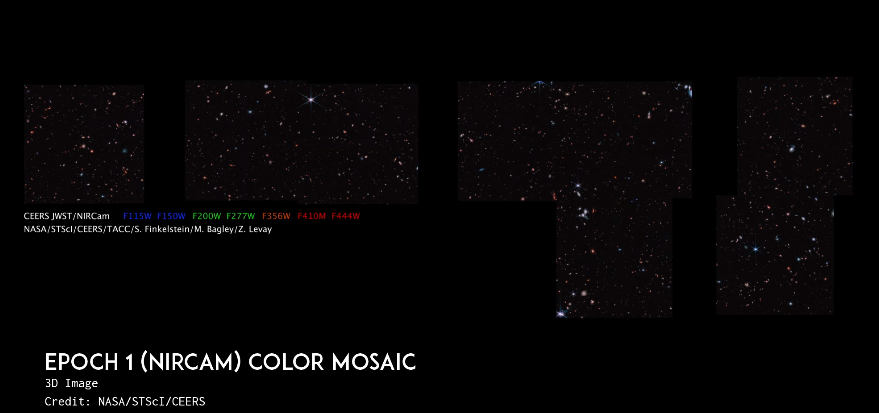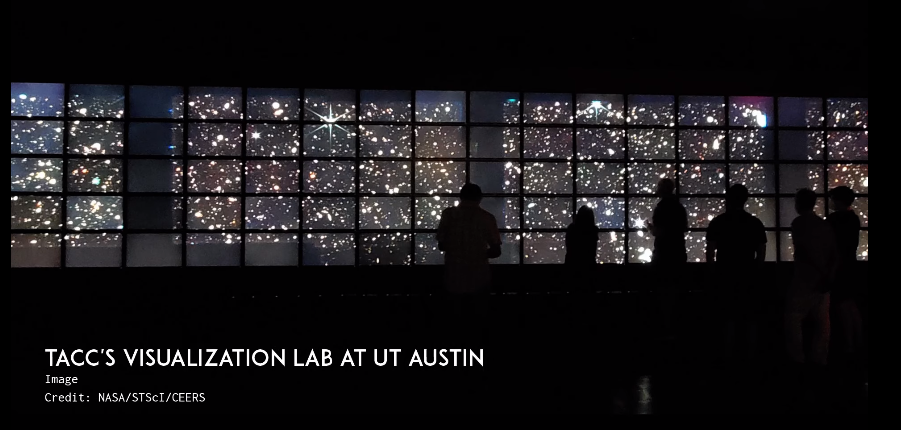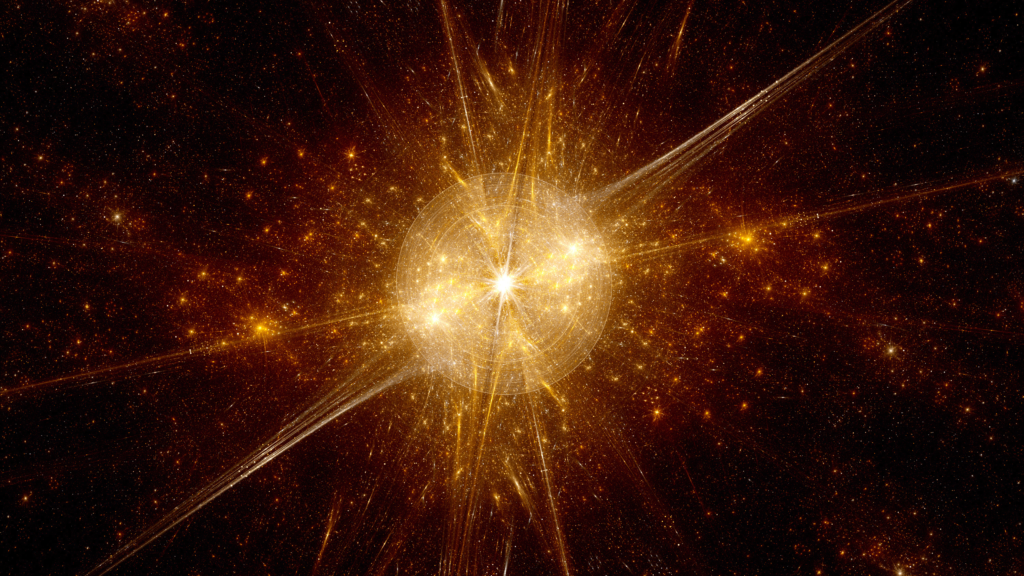Astronomy is in a sense also a time machine in a sense of Galaxy. The reason is the speed of light is finite. If you see an object and it is far its light takes sometime to reach us. If some object is verify far it will take much more time to reach us. Recently James Webb space telescope has discovered a galaxy which is so far away that it look more than 13 billion years to reach us. And then the lights started to travel our universe was a few hundred million years old.
Start with our Galaxy
We are present here and if will look around ourselves we can see many stars and planets. Our sun and earth was formed about 4.5 billion years ago. That is a long time and our own galaxy Milky Way in which our sun is a star, is its part was formed at least 10 billion years before. And our universe began forming 13.8 billion years ago. It means at the beginning of the universe there must be the first stars and also the first galaxies.
We can Look in the past?
One advantage of Astronomy is that you can look in the past. Not our past but because the speed of light is finite it is 300,000 kilometer per second. So if you see something its light takes some time to reach us. If you see the Sun it is so far that it takes approximately eight minute for its light to reach us. That is you are seeing the Sun eight minute in the past.

Similarly the nearest star Proxima Centauri, that is so far that it takes for years for its light to reach us. So when we see that star, we are seeing it as it was four years before. We are not seen ourselves we are seeing the star as it was four years ago.
HST took the picture of Farthest Galaxy
These telescopes Hubble space telescope and James Webb space telescope take its advantage. This say if we see such galaxies which are so far that it has taken billions of year for its light to reach us that will tell us how was our universe billions of years before.

This technique has been used by James Webb space telescope to find out such galaxies, which are the first galaxies of our universe. As you can imagine these far of galaxies will also be very faint. Telescopes such as Hubble space telescope take time to capture its light so a few years before Hubble space telescope stated staring at, in a way, started taking a long exposure of a small part near the big dipper. This area is named ‘Extended Groth Strip’ by astronomers.

When its saw this part and the image you are seeing now, you are seeing 50,000 galaxies here. And many galaxies among them are so far that its light has taken billions of years to reach us. The small smudges you are seeing, all of them all galaxies. They look like blobs but you have to respect them because there are several hundred billion stars in it. These are galaxies.
JWST took the picture of Farthest Galaxy
Now as you can imagine James Webb space telescope also took the picture of the same area in same way.

This is a project called “COSMIC EVOLUTION EARLY RELEASE SCIENCE” or by the name of CEERS. They took the picture of the Extended Groth Strip in the same way through James Webb space telescope.
The first thing is you can see a lot more galaxies compared to the Hubble space telescope image. One reason is James Webb space telescope is a bigger telescope compare to Hubble but James Webb space telescope work in infrared and because our universe is expanding. The light of the galaxy move towards red color, this is called red shift.

This is the reason many galaxies which Hubble space telescope could not see James Webb space telescope was successful in seeing them.
Picture of CEERS by JWST

One picture you are seeing now has been put up by CEERS group, were they work, on a big panel for analysis.
Mystery thing point out in picture
I’ll find out one or two things how much details are present in these pictures.

For example have you are seeing some numbered things in which you can see some galaxy groups. If you seen in detail you can see galaxies collided with one another. All these things are present with you in detail but there is one special thing I want to point out.

The picture you are seeing is in a box way. There is a big picture and then if you focus on a small part of it you can see a small smudge a small blot. This blot is a galaxy which has been given the name Maisie’s galaxy and the reason for that is there a researcher the lead researcher discovered this galaxy on the 9th birthday of his daughter. His daughter’s name is Masie so in a way it is a nickname of this galaxy.
Distance of Maisie’s galaxy
When astronomers checked the distance of this galaxy meaning from how long its light is reaching us it was found out its light started to travel 13.4 billion years before and reached us now.
The distance of Maisie’s galaxy has in fact been confirmed by astronomers. This technique is called spectroscopy. Through that astronomers confirm if actually this is that far or not. Now it has been confirmed that its light started to travel 13.4 billion years before.
It means its light which we are seeing now, when we are see in Maisie’s galaxy this blot at that time our universe was only 390 million years old. In a way we are seeing the first galaxies (of the universe) and up till now, this record will definitely be broken, but up till now this is the farthest galaxy from us.
Picture of Extend Groth Strip by JWST
Now the James Webb space telescope’s image of Extend Groth Strip has more than one hundred thousand galaxies in it. Recently NASA has done a beautiful simulation a visualization of that data in a small part of it in which there are about 5000 galaxies and this simulation in a way takes you into the past and takes you to Maisie’s galaxy.
You can check out simulation from click here for more detail.
Conclusion
Before taking leave let me remind you once again what type of scales are we talking about. The life span of humans is 70 – 80 or if very lucky 90 years. The blob here is of Maisie’s Galaxy. Its light started to travel 13.4 billion years ago and we can see its picture.

